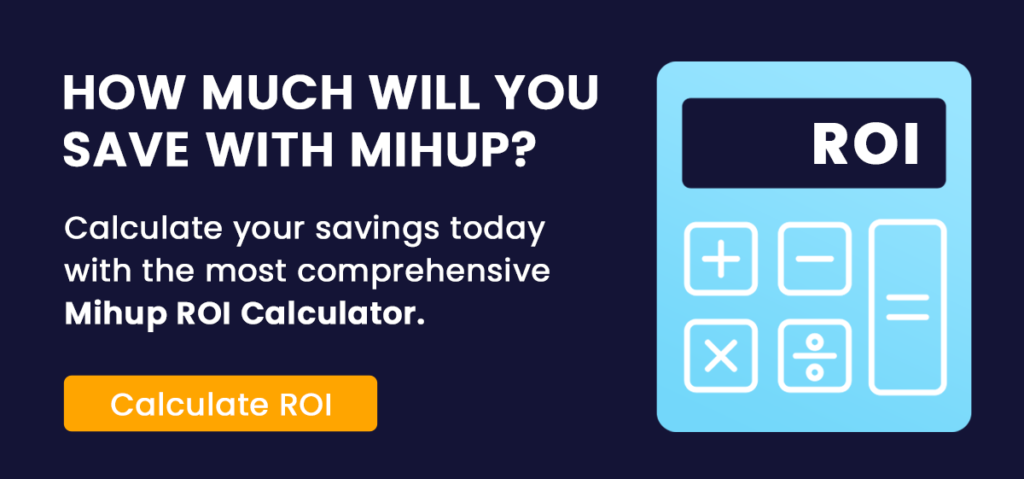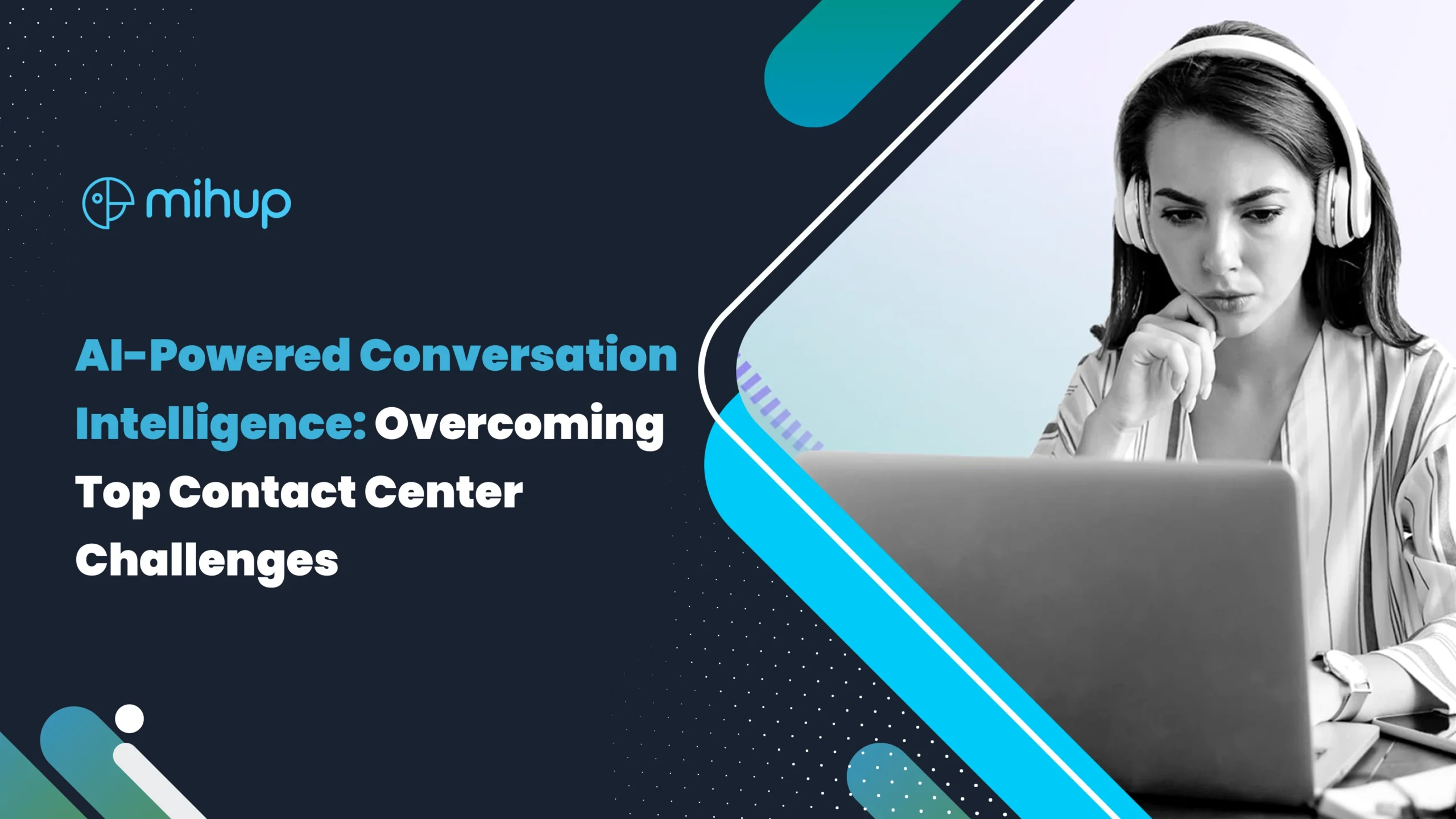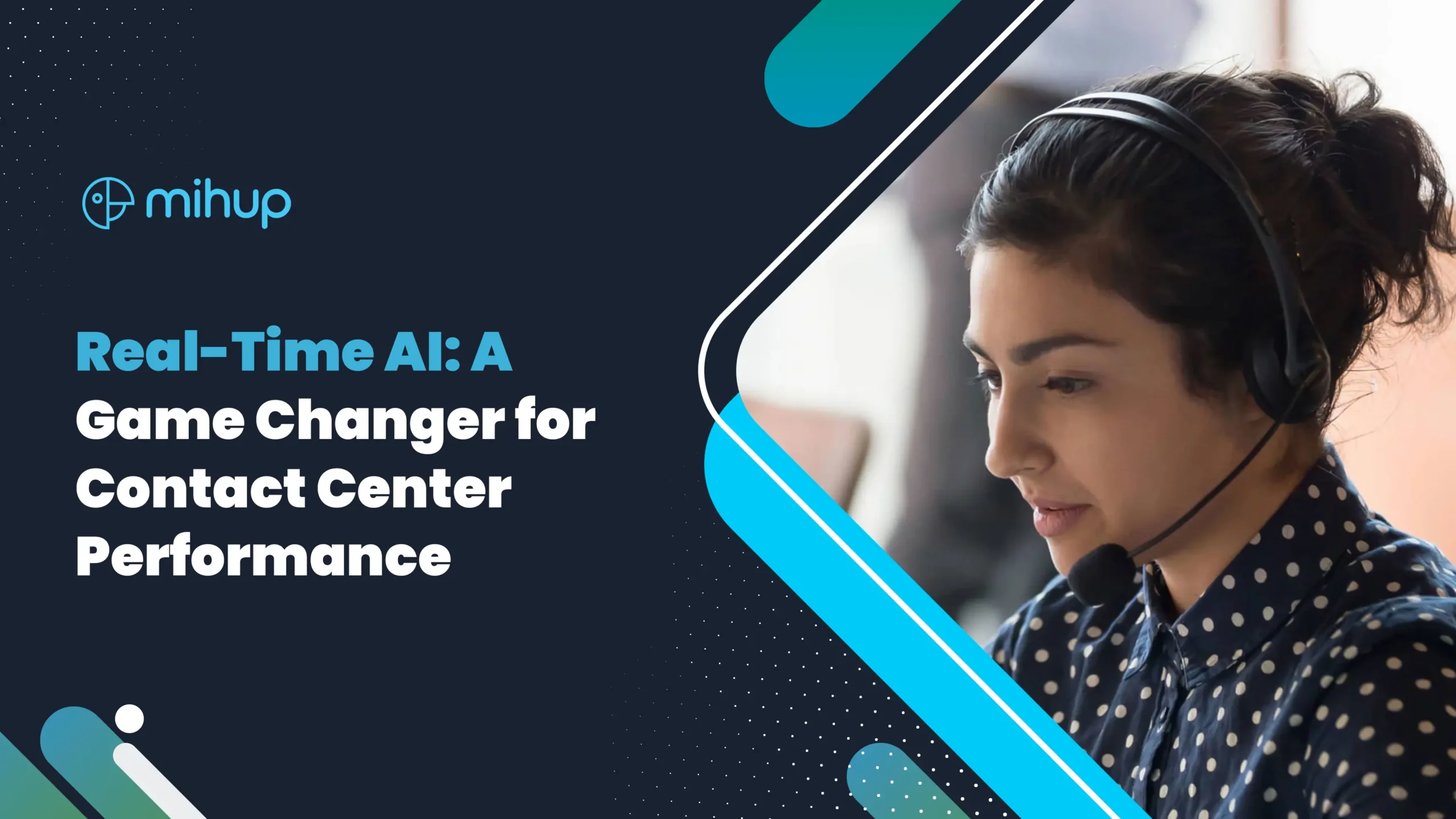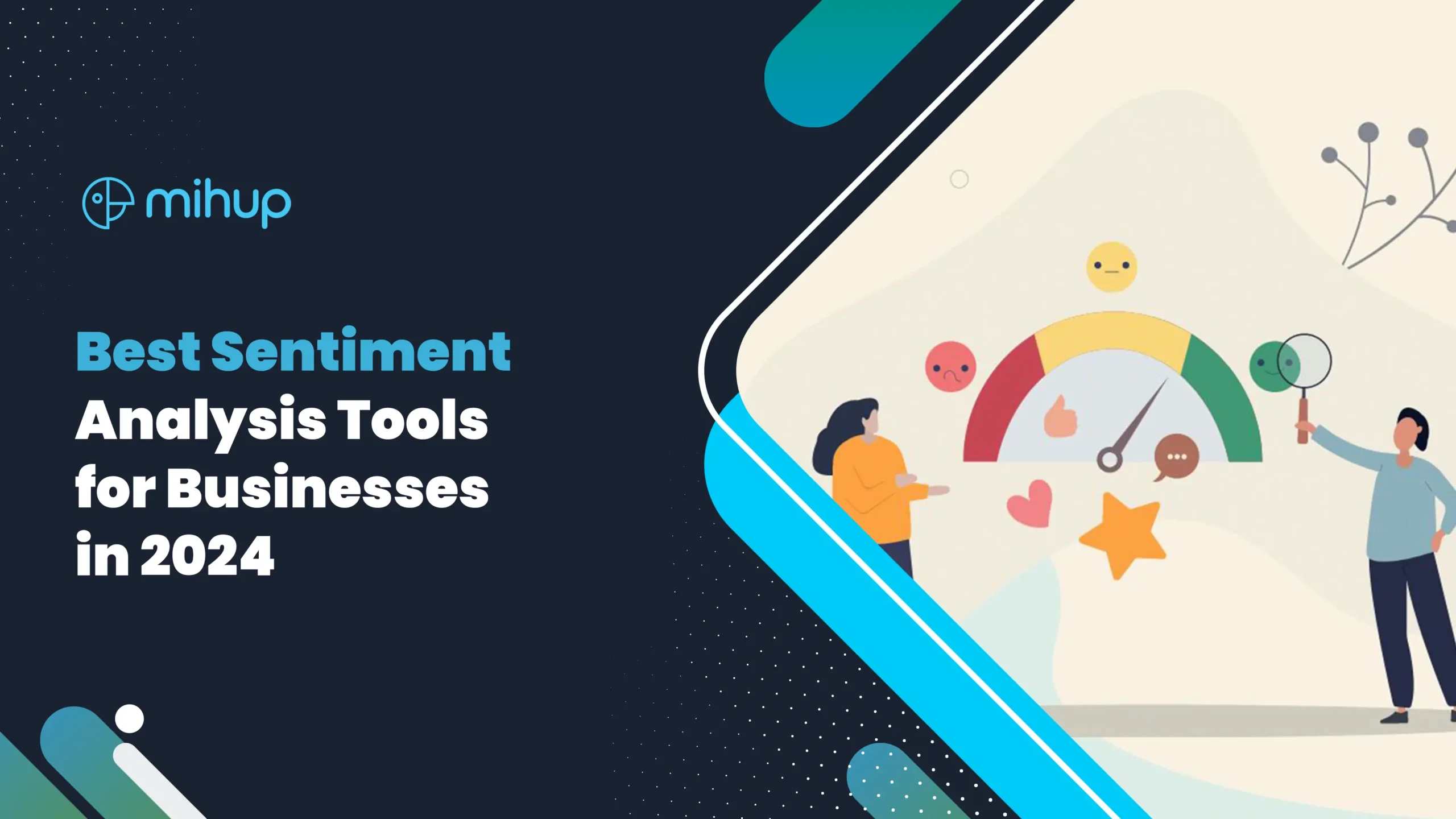For the lending industry, managing loan delinquency rates is a perpetual challenge. As lenders extend credit to a diverse range of borrowers, the risk of delinquency inevitably arises, posing a significant threat to profitability and sustainability. However, with the advent of artificial intelligence (AI) and advanced analytics, lenders now possess powerful tools to mitigate delinquency risks and optimize collection strategies.
In this blog, we will discuss the realm of loan delinquency, exploring how AI can revolutionize collection efforts and drive down delinquency rates.
Understanding Loan Delinquency
Before delving into the strategies for reducing loan delinquency, it’s imperative to grasp the concept itself.
Essentially, loan delinquency refers to the failure of a borrower to make scheduled payments on time, resulting in accounts becoming overdue. This delay in payment can have far-reaching implications for both borrowers and lenders alike.
For lenders, loan delinquency directly impacts cash flow, as delayed or missed payments reduce the inflow of funds expected to service outstanding loans. This disruption to cash flow can hinder the lender’s ability to meet their own financial obligations, such as funding new loans or maintaining operational expenses. Furthermore, prolonged delinquency increases the likelihood of loans transitioning into delinquent loan, where borrowers are unable or unwilling to repay their debts entirely. Defaults not only result in financial losses for lenders but also necessitate costly and time-consuming collection efforts to recover outstanding balances.
Loan delinquency serves as a red flag for potential default risks within a lender’s portfolio. It indicates a breakdown in the borrower-lender relationship, with borrowers either facing financial hardships or exhibiting irresponsible repayment behavior. Left unaddressed, delinquency can escalate into default, leading to adverse consequences for both parties involved.
It’s important to recognize that delinquency is not limited to a specific type of loan but can manifest across various lending products, including personal loans, mortgages, and credit cards. Regardless of the loan type, the underlying principle remains the same—a failure to adhere to the agreed-upon payment schedule.
To gauge the prevalence of delinquency within a lender’s portfolio, delinquency rates serve as a key metric. Delinquency rates represent the percentage of outstanding loans that are past due, providing insights into the overall health of the lending portfolio. By monitoring delinquency rates over time, lenders can identify trends, assess risk exposure, and implement targeted interventions to address emerging challenges.
Read our blog: Optimizing Collections and Minimizing Delinquency in Banking: The Speech Analytics Advantage
Minimizing Defaults in Collections
One of the primary avenues for mitigating loan delinquency lies in optimizing collection strategies. Traditionally, collection efforts relied heavily on manual processes and generic approaches, often yielding suboptimal results. However, the integration of technology, particularly AI-driven solutions like speech analytics, has revolutionized the collections landscape.
Speech analytics enables lenders to analyze customer interactions during collection calls, extracting valuable insights regarding borrower behavior, sentiments, and payment intentions. By leveraging natural language processing (NLP) algorithms, AI can identify patterns and trends within conversational data, allowing collection teams to tailor their strategies accordingly.
For instance, by analyzing the tone and language used by delinquent borrowers, AI can categorize customers based on their likelihood to repay and prioritize follow-up actions accordingly. Additionally, sentiment analysis can help detect underlying issues or dissatisfaction, enabling proactive intervention to address customer concerns and prevent further delinquency.
AI-powered speech analytics facilitates the automation of routine tasks, such as call transcription and analysis, freeing up collection agents to focus on high-value activities. This efficiency gains traction in large-scale operations, where manual processing is resource-intensive and prone to errors.
What is Loan Delinquency Management
Loan delinquency management encompasses the comprehensive strategies and practices implemented by lenders to mitigate the risks associated with overdue loan payments. It involves a systematic approach to identifying, monitoring, and addressing delinquent accounts in a timely and efficient manner. Delinquency management encompasses a range of activities, including risk assessment, collection efforts, borrower communication, and regulatory compliance. By deploying effective delinquency management practices, lenders can minimize financial losses, maintain borrower relationships, and uphold the integrity of their lending operations. With the integration of AI-driven solutions, loan delinquency management becomes even more robust, enabling lenders to leverage advanced analytics and automation to proactively address delinquency risks and optimize collection strategies.
Ensuring Low Delinquency Rates: Strategies for Collection Teams
How to Reduce Delinquency Rates?
Effective delinquency management requires proactive efforts from collection teams, complemented by the utilization of AI-driven analytics. By integrating AI capabilities into their operations, collection professionals can implement targeted strategies to minimize defaults and uphold low delinquency rates. Here are key strategies for collection teams to ensure optimal delinquency management:
Segmentation and Personalization
Collection teams can leverage AI algorithms to segment delinquent borrowers based on various criteria such as risk profiles, payment history, and communication preferences. By categorizing borrowers into distinct segments, collection professionals can tailor their approaches to suit the specific needs and circumstances of each group. Personalized outreach strategies, such as customized payment plans or incentives, can be implemented to encourage timely payments and foster positive borrower relationships. Additionally, by understanding the communication preferences of borrowers, collection teams can optimize their engagement strategies, increasing the likelihood of successful resolutions.
Predictive Modeling
Predictive analytics can play a crucial role in forecasting delinquency probabilities for individual accounts. By analyzing historical data and identifying patterns indicative of potential delinquency, collection teams can intervene preemptively to mitigate risks. AI-powered predictive models can identify early warning signs and high-risk borrowers, enabling collection professionals to take proactive measures such as offering assistance programs or alternative repayment options. By addressing delinquency at its onset, collection teams can prevent escalation and minimize the likelihood of defaults.
Multichannel Communication
Embracing a multichannel communication approach can enhance the effectiveness of collection efforts. AI-powered chatbots, SMS alerts, and email campaigns offer versatile channels through which collection teams can engage with delinquent borrowers. By leveraging AI capabilities, collection professionals can automate routine communication tasks and deliver personalized messages tailored to individual borrower preferences. Consistency across channels is essential to maintaining cohesive communication and building trust with borrowers. Additionally, offering convenient payment solutions through various channels can facilitate prompt resolutions and encourage proactive engagement from borrowers.
Read our blog: How Do Omni-Channel Customer Solutions Improve Customer Experience?
Continuous Learning and Adaptation
Collection teams should foster a culture of continuous learning and adaptation, driven by feedback loops and data-driven decision-making. By monitoring the efficacy of collection strategies and analyzing real-time insights and performance metrics, collection professionals can identify areas for improvement and refine their approaches accordingly. AI-driven analytics can provide valuable insights into borrower behavior and collection outcomes, enabling collection teams to make informed decisions and adapt their strategies in response to evolving circumstances. By embracing a culture of continuous improvement, collection teams can enhance their effectiveness and maintain low delinquency rates over time.
Tips for Lenders to Reduce Financial Delinquency with AI
Reducing financial delinquency through the strategic implementation of AI involves not only optimizing collection efforts but also integrating AI-driven solutions across various facets of lending operations. Here are key tips for lenders to leverage AI effectively and mitigate loan delinquency:
Data Integration and Analysis
Lenders should prioritize integrating disparate data sources, such as transaction history, credit scores, and demographic information, to build comprehensive borrower profiles. AI algorithms can then be deployed to analyze this data, uncovering hidden patterns and correlations indicative of delinquency risk. By harnessing the power of AI-driven analytics, lenders can gain deeper insights into borrower behavior and financial profiles, enabling more accurate risk assessments and proactive intervention strategies.
Dynamic Risk Assessment
Implementing dynamic risk assessment models is essential for staying ahead of delinquency risks in a rapidly evolving lending landscape. By leveraging AI-driven predictive modeling, lenders can develop sophisticated algorithms that adapt in real time based on borrower behavior and market conditions. These dynamic risk assessment models enable lenders to identify emerging delinquency trends and adjust risk mitigation strategies accordingly. By proactively managing risk exposure through AI-powered analytics, lenders can minimize delinquency rates and maintain a healthy lending portfolio.
Collaborative Partnerships
Foster collaborative partnerships with fintech firms and AI vendors to access cutting-edge technologies and innovations. By collaborating with industry experts, lenders can leverage external expertise and gain access to advanced AI-driven solutions tailored to their specific needs. These partnerships enable lenders to stay abreast of emerging trends and best practices in delinquency management, ensuring they remain at the forefront of innovation. By embracing collaborative partnerships, lenders can enhance their delinquency management capabilities and drive down loan delinquency rates effectively.
Regulatory Compliance
Compliance with regulatory requirements and consumer protection laws is paramount when deploying AI-driven solutions in collections. Lenders must prioritize transparency and ethical use of customer data to maintain trust and mitigate regulatory risks. By adhering to regulatory guidelines, lenders can ensure that their AI-driven collection strategies comply with legal and ethical standards, safeguarding both borrower rights and institutional integrity. Investing in robust compliance measures not only mitigates regulatory risks but also reinforces customer trust and loyalty, ultimately contributing to long-term financial sustainability.
Read our blog: Enhancing Fraud Detection And Prevention in Contact Centers: The Power of Speech Analytics
Loan delinquency poses a significant challenge for lenders, threatening financial stability and profitability. However, by embracing AI-powered technologies and adopting data-driven strategies, lenders can proactively mitigate delinquency risks and optimize collection efforts. From leveraging speech analytics to personalize outreach and segmentation to implementing dynamic risk assessment models, AI offers a plethora of tools to drive down delinquency rates and uphold sustainable lending practices. By harnessing the power of AI, lenders can navigate the complexities of delinquency management with confidence, ensuring positive outcomes for both borrowers and stakeholders alike.





